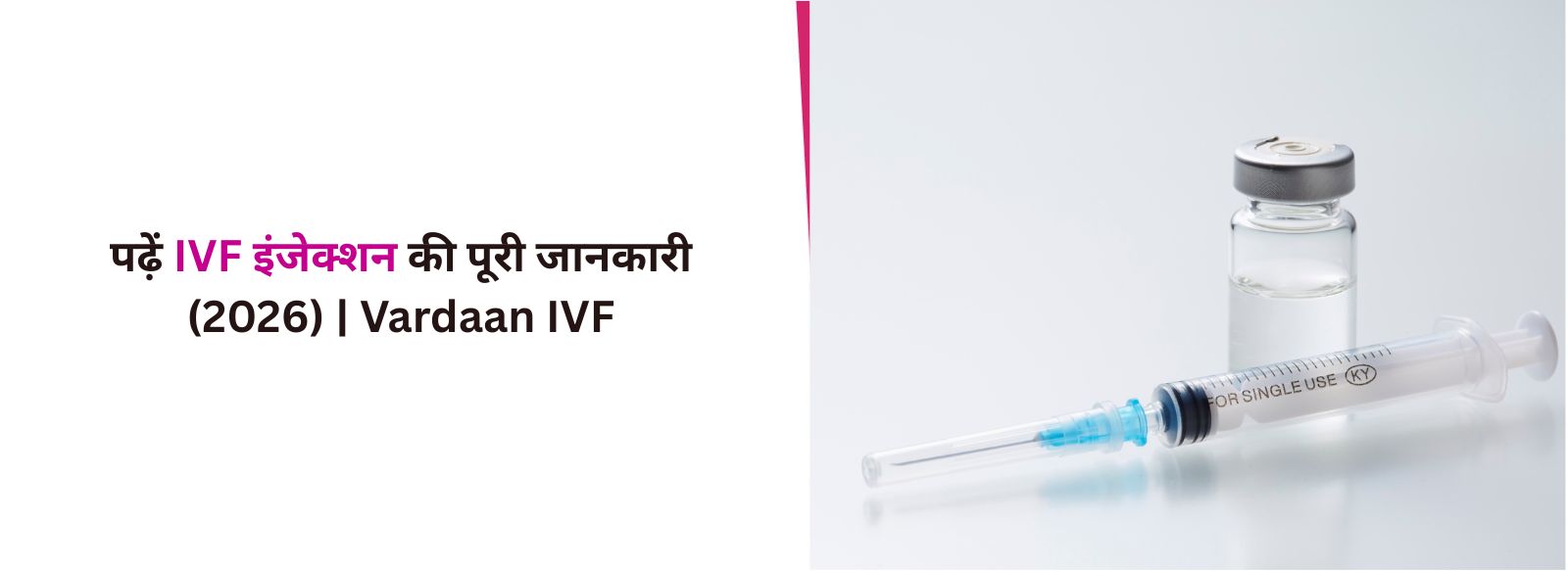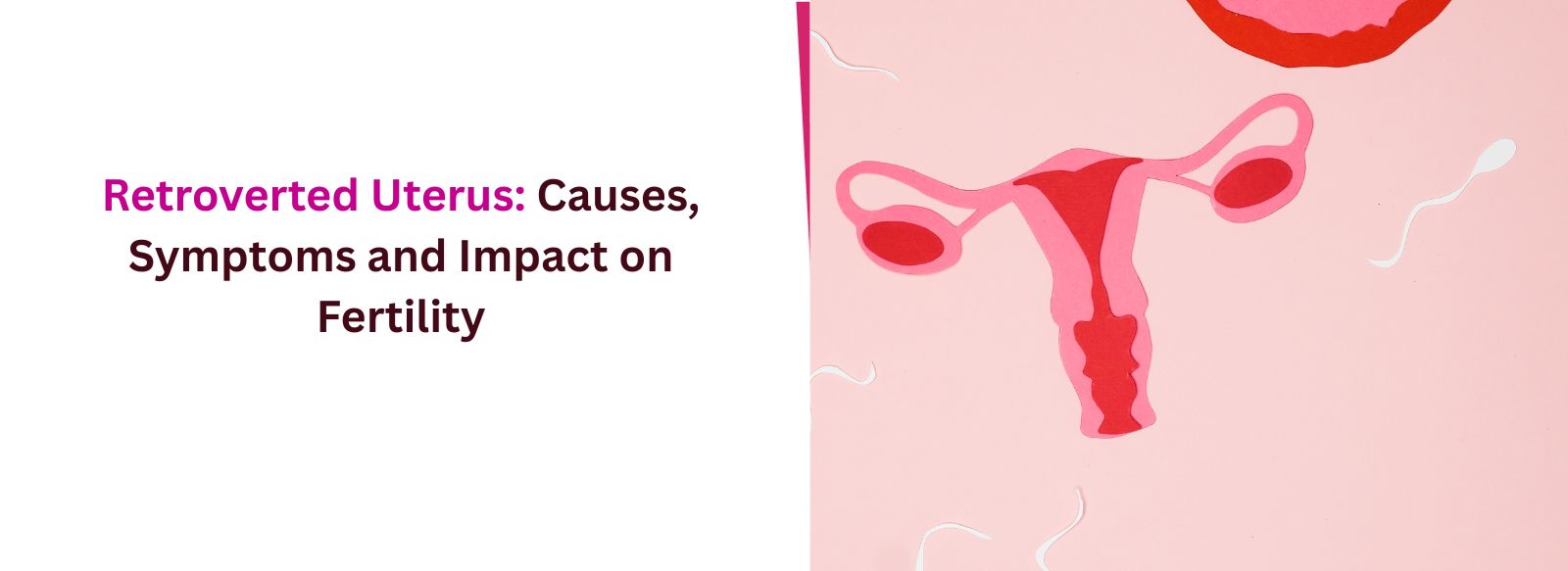Introduction
If you are considering fertility treatment, one of the biggest concerns is cost. How much does IVF cost in Australia? The answer isn’t simple — it depends on your treatment plan, whether you use private clinics, what services you need, and how much Medicare or private health insurance can cover. In this article, we'll break down the typical costs of IVF clinic in Australia (as of 2025), explain what influences the cost, and answer common questions to help you plan your fertility journey.
Average IVF Cost in Australia (2025)
Here’s a breakdown of typical IVF cost components in Australia:
Cost Component | Typical Cost (AUD) | Notes |
Initial Consultation & Fertility Assessment | $200 – $500 | Includes GP/specialist consult, blood tests, ultrasound.) |
Standard IVF Cycle (egg retrieval, fertilisation, embryo transfer) | $9,000 – $12,000 | Excludes medications. |
ICSI (Intracytoplasmic Sperm Injection) | $1,500 – $3,000 | For male factor infertility; depends on clinic. |
Frozen Embryo Transfer (FET) | $3,000 – $5,000 | Usually cheaper than a fresh cycle. |
Medications / Hormone Stimulation | $2,500 – $5,000 | Varies by protocol; many drugs are eligible for Medicare subsidy. |
PGT / Genetic Testing | $4,000 – $6,000 | Optional; Medicare generally does not cover. |
Elective Egg Freezing | $4,000 – $6,000 (initial cycle) | Depends on clinic; follow-up storage is extra. |
Real-World Clinic Costs (Examples)
Here are some real-world IVF cost examples from Australian fertility clinics:
IVF Australia (Virtus Health clinics):
Standard IVF cycle: $12,388 total, with ~$6,711 out-of-pocket (first cycle) after Medicare.
ICSI cycle: $13,472 total, ~$7,248 out-of-pocket (first cycle).
Frozen embryo transfer (FET): $4,445 total.
City Fertility:
Initial IVF: $10,300 – $10,600; out-of-pocket after rebate: $4,720 – $5,025.
IVF + ICSI: $11,420 – $11,720; out-of-pocket: $5,295 – $5,595.
Frozen embryo transfer: $3,725; out-of-pocket: ~$2,040.90.
Create Fertility (Melbourne):
IVF initial cycle: $10,800; estimated out-of-pocket: $4,570.70.
IVF + ICSI: $11,990; out-of-pocket: $5,213.90 (initial).
FET: $3,830; out-of-pocket: $1,891.95.
Read - IVF clinic in Melbourne
Rainbow Fertility:
Initial IVF: $10,300 – $10,600, out-of-pocket: $4,720 – $5,025.
IVF + ICSI: $11,420 – $11,720, out-of-pocket: $5,295 – $5,595.
Adora Fertility:
Fresh IVF/ICSI cycle: $2,050 (this is the out-of-pocket cost for some services, assuming Medicare / bulk-billing for much of the rest).
Frozen cycle: $930 (out-of-pocket).
Ovulation induction: $400.
Factors That Influence IVF Cost in Australia
Several factors affect how much IVF costs for you:
Medicare Coverage & Rebates
Many clinic services are partially covered by Medicare, especially diagnostic work, consultations, and some procedures.
The Medicare Safety Net may reduce your out-of-pocket costs if your medical expenses are high.
Some “bulk-billing” IVF clinics charge only the Medicare-reimbursable amount for eligible services.
Private Health Insurance
If you have private hospital cover, you may get some rebates for hospital admission, theatre, and anaesthetist fees.
But not all fertility clinics bill in a way that aligns well with health fund cover; check with your insurer.
Type of Cycle & Technologies
Standard IVF or ICSI: ICSI adds to cost.
Frozen embryo transfer (FET) is cheaper than a fresh cycle.
Advanced testing — genetic testing (PGT) adds a significant amount.
Egg freezing also has its own costs and storage fees.
Number of Cycles
As with many fertility journeys, multiple cycles may be needed, which multiplies cost.
Some clinics offer discounts or lower “up-front” costs for repeated cycles. (For instance, City Fertility gives a reduced fee from the 3rd cycle onward.)
Clinic Location
Costs can vary by city, clinic, and whether the clinic is public or private.
Public fertility service availability also varies by state. For example, Victoria has a public fertility service that offers treatment to some patients.
Additional Costs
Day-surgery / hospital fees (if egg retrieval is done in a private hospital) may not be fully covered by Medicare.
Anaesthetist fees.
Embryo freezing and storage costs may also add up.
Medications: even though many fertility drugs are subsidized, there are co-payments.
State / Regional Considerations & Public Funding
Victoria: There is a publicly funded fertility service in Victoria, which helps reduce cost for eligible people.
Bulk-billing clinics: Some private clinics bulk-bill certain IVF services (i.e., charge only the Medicare-subsidized amount), but these do not eliminate all out-of-pocket costs — things like day surgery, embryo freezing, or storage often remain payable.
Medicare Safety Net: Once you cross a threshold for medical costs, further rebates may apply for Medicare-eligible services.
Superannuation: Some Australians report using early access to superannuation to pay for IVF.
IVF Success Rate vs Cost
While cost is critical, success rate matters a lot, too. The more cycles you need, the more expensive things get. Many patients budget assuming 2–3 cycles may be needed, depending on age and fertility factors.
Clinics often offer multi-cycle packages or payment plans to make cost more manageable.
Tips to Manage IVF Costs in Australia
Ask for a detailed quote before starting: Make sure it includes all expected costs — day surgery, anaesthetist, medication, storage, etc.
Check your Medicare eligibility: Know what the rebates will be and whether your clinic bulk-bills some services.
Explore private health insurance: Confirm with your fund whether it covers theatre, anaesthetist, or hospital costs related to IVF.
Consider payment plans: Many fertility clinics (like City Fertility) offer flexible payment options.
Look into public fertility services (if available in your state) — they may significantly reduce cost, though there may be long waits.
Plan for multiple cycles: Budget for more than one, just in case.
Be aware of add-on costs: Freezing, storage, genetic testing — make sure these are in your financial plan.
Frequently Asked Questions (FAQs)
1. How much does one round of IVF cost in Australia?
A typical private IVF cycle costs around AUD $9,000 to $12,000, before medication and other extra costs.
2. Does Medicare cover IVF in Australia?
Yes, Medicare provides partial rebates for many fertility-treatment services, but not everything is fully covered.
3. Do I need private health insurance for IVF?
It helps, especially for hospital, surgery, and anaesthetist costs, but it isn’t strictly required for IVF treatment itself.
4. How much are the out-of-pocket costs per cycle?
Depending on Medicare coverage, many people pay around AUD $4,500 to $7,000+ out of pocket per cycle.
5. What about frozen embryo transfer (FET)?
FET is cheaper than a full fresh IVF cycle, with typical treatment costs of AUD $3,000 to $5,000.
6. Is egg freezing expensive in Australia?
Yes. Elective (social) or medical egg freezing costs vary. For example, Rainbow Fertility lists $5,400 for social egg freezing (no Medicare rebate).
7. Are there public IVF or low-cost clinics?
Yes, in some states (like Victoria) there are public fertility services. Some private clinics also bulk-bill certain services, but not all costs are covered.
Final Thoughts
How much does IVF cost in Australia? In short: a typical cycle costs around AUD $9,000–12,000, with out-of-pocket expenses commonly AUD $4,000–7,000+, once Medicare rebates are applied. Add-ons like ICSI, embryo freezing, medications, and genetic testing can push up the cost further.
That said, there are strategies to manage these costs: public fertility services, bulk-billing clinics, payment plans, and smart planning for multiple cycles. The key is to get a transparent quote from your fertility clinic up front, understand what will (and won’t) be covered, and budget realistically for your treatment journey.





